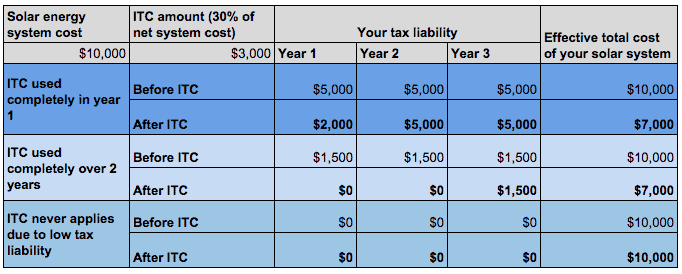
How Do You Claim The Solar Tax Credit?
Every time someone mentions solar, does the Solar Tax Credit come up? Also known as the Investment Tax Credit (ITC), the Federal ITC makes solar more affordable for homeowners and businesses. This credit grants a dollar-for-dollar tax deduction equal to 26% of the total cost of a solar energy system. It’s no wonder it’s such a hot topic in the solar industry.
With so much information about the benefits of the ITC, it’s unfortunate that figuring out how to actually claim the credit is so rarely talked about. At Bright Solar Power California, we want our customers to be knowledgeable about every part of solar ownership. Here’s a walk-through on how to claim it:
Important Notes:
1. The Solar Tax Credit is currently a dollar-for-dollar tax deduction equal to 26% of the total cost of a solar energy system.
2. Claiming the federal ITC involves determining your tax appetite and filling out the proper forms.
3. The federal ITC steps down to 22% at the end of 2020, and goes away after 2021.
Determine If You Are Eligible: First step to claim the solar tax credit
The below table displays the three scenarios to determine if you have enough tax appetite to use the federal ITC against your total taxes.

Am I eligible to claim the solar tax credit?
You are eligible for the Federal ITC as long as you own your solar energy system, rather than lease it. This is also true for the vast majority of state and local incentives for solar, although in some special cases a lease will grant you the financial benefits associated with the sale of solar renewable energy certificates (SRECs). You are also eligible even if the solar energy system is not on your primary residence – as long as you own the property and live in it for part of the year, you can claim the ITC.
Filling Out IRS Form 5695 For 2020
Claiming the ITC is easy. All you need to do is complete IRS Form 5695, “Residential Energy Credits.” Form 5695 calculates tax credits for a variety of qualified residential energy improvements, including geothermal heat pumps, solar panels, solar water heating, small wind turbines, and fuel cells.
Depending on how you prefer to file your taxes, either online or in person, we recommend speaking with a tax expert to ensure you maximize your credit.
Submitting Form 5695: Claiming Your Credit
Once you’ve completed Form 5695 make sure to include it with Form 1040. If you did other energy efficiency improvements to your home in the same year, you may also need to complete page 2 of Form 5695.
Still Have Questions About How The Solar Tax Credit Works?
Check out this video below for a brief overview of how the ITC works:

